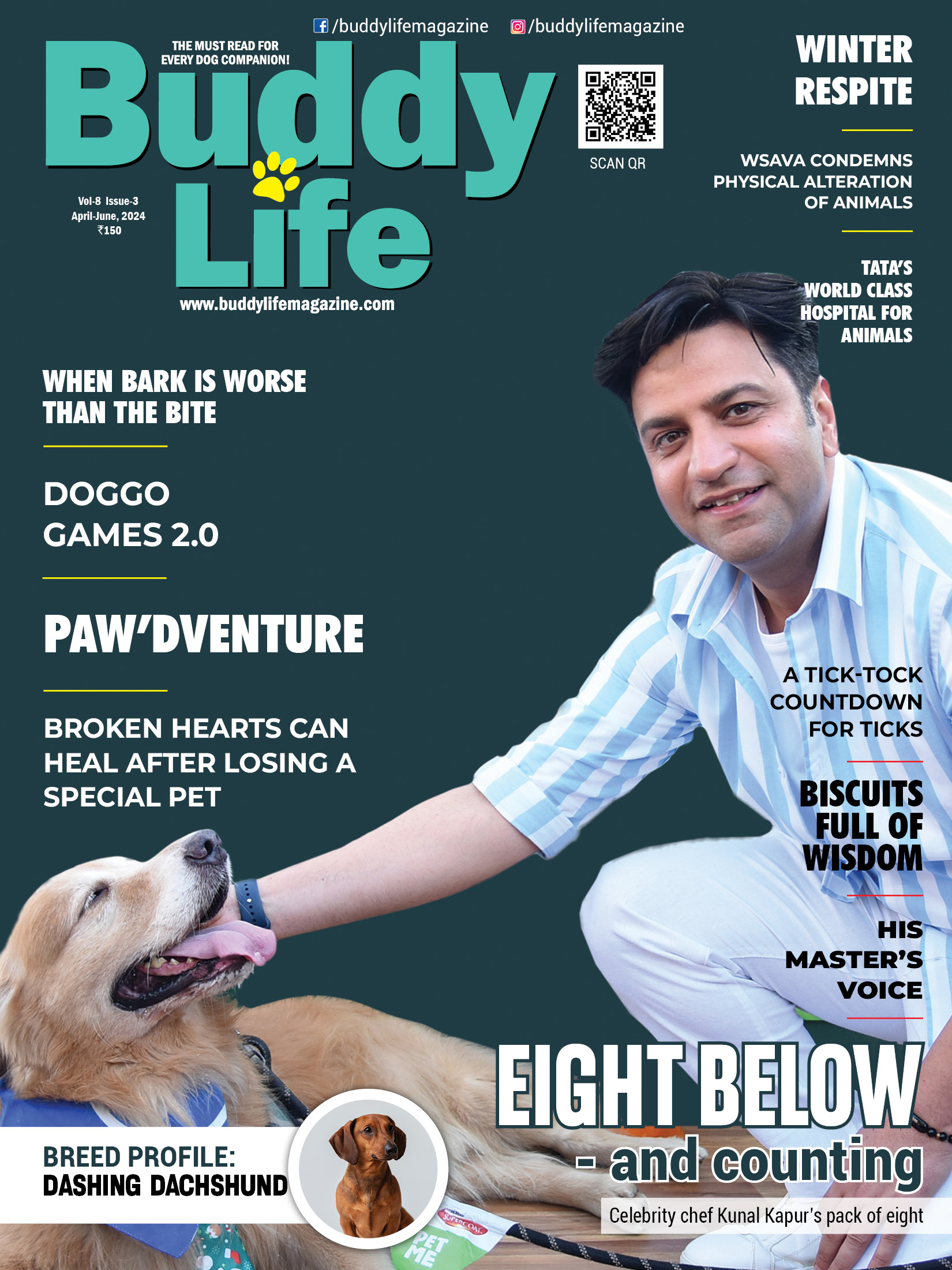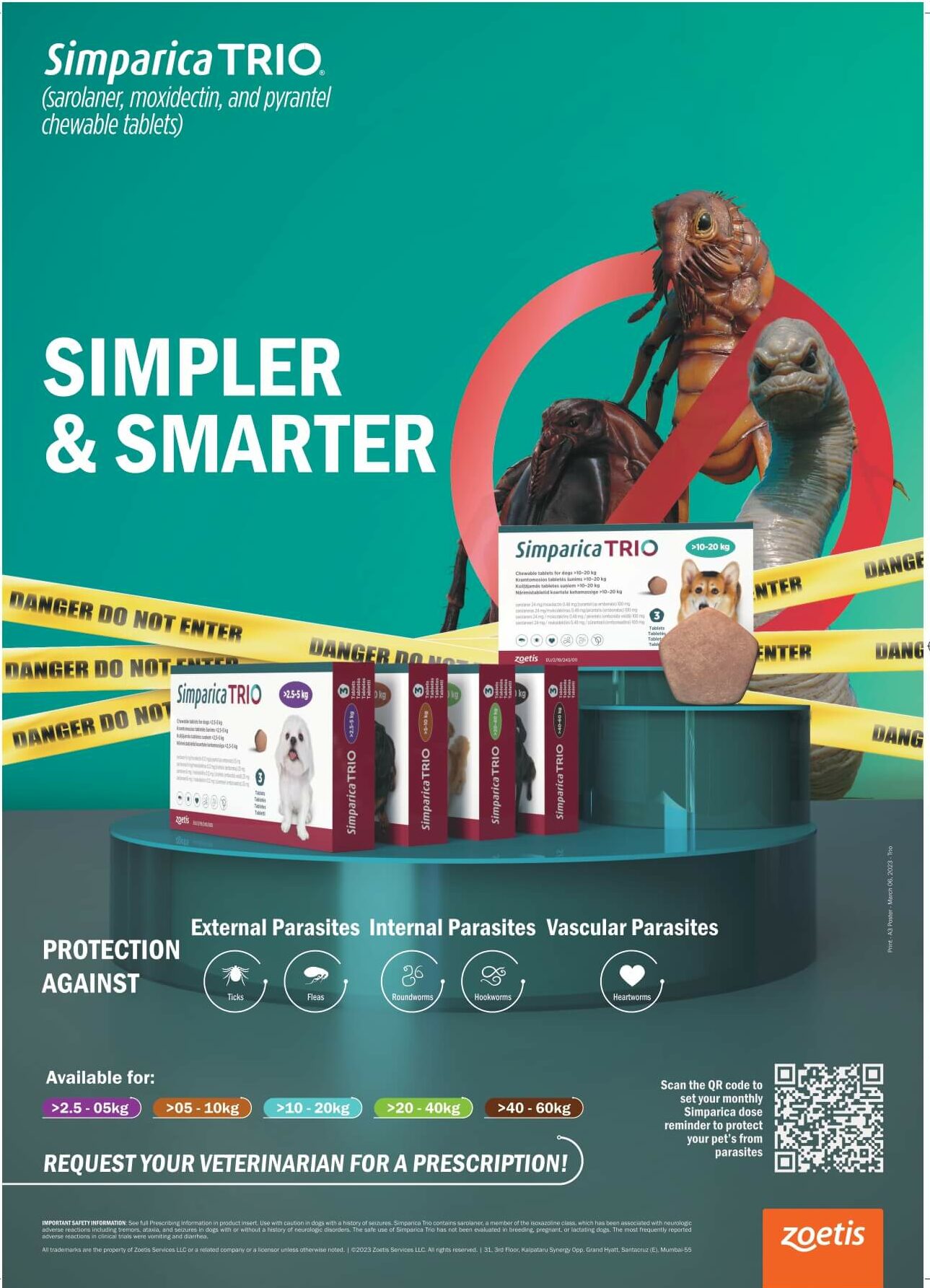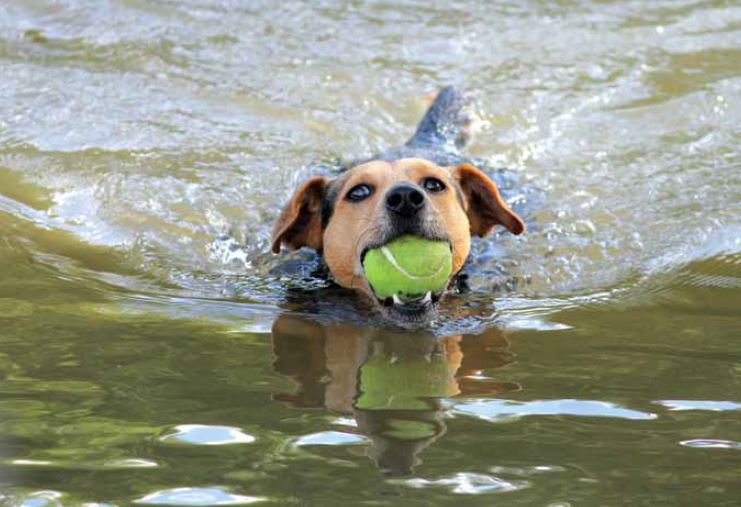
A guide to building compassion for strays by Jotvinder Singh (Jojo)
Let us start with the first biscuit to help build compassion – time and sincerity. Compassion is a vague word and often people use it as per their perceptions. We see hundreds of animal activists and NGO’s literally milching the term, ‘compassion.’ This needs to change.
No, you do not have to simply contribute to some group just to feel content that you have done your part. Social media has anyways turned most of us into back seat drivers for any cause. That’s why we see thousands of pledges, appeals and signature campaigns flooding our inboxes and what do we do? We just click on the link and sign our approval. Is it that simple? I wish it were that easy to change the world!
Go out. Have a look around your nearby park, garbage collection points or even roadside eateries. See how strays struggle to get something for their tummies. They have babies who die on the road trying to follow their mom in search of food. They don’t know what traffic is. They don’t know what security is all about. All they know is they trust their mom who tries to get something to eat. During summers, situation gets worse as along with food they need water. And in plenty. With urbanisation concreting every open source of water, survival of strays is further compounded and adversely impacted.

Compassion starts here.
Of course you cannot take away the whole misery, but just a small step to take responsibility of even one stray pack, will go a long way to change the way you look at things. Time, is the only thing you have to devote. Chuck out that TV for at least 30 minutes to utilise the time for some real and heartfelt entertainment. Have you tried playing with pups? Or just pat a stray? Spend some time listening and playing with them. They need friends and not activists.
- Time and sincerity – this is the first biscuit that a stray need and not just your Parle G packet.
- Food
The second most important biscuit is Food.
Needless to say, except for humans, every living being lives just for food.
It’s the basic need for survival.
Since we are only talking about strays, it would be better to understand what their tummies actually want and how nutrition is derived from whatever we chose to feed them with.
Dogs are antecedents of wolves, which are found in the wild. Now can you imagine a wild animal with a digestion system to ingest milk or grains?
Dogs have evolved with sharing habitat of humans. And we gradually started tuning their system as per our convenience.
Researches have shunned the use of milk as a food supplement for dogs. So have other food products which we, as humans, savour.
But keeping it short and simple, feed the strays. The occasional meal of milk and rotis or bread will keep their tummies filled and they would not feel the need to scavenging rubbish. But that’s all this diet does.
Keeping them full.
In case you are really serious about their diet, give them what their body requires. They need lots of proteins. Carbs help to digest protein. And that is all they need carbs for. Carbs are in plenty in rotis, bread and other grain products. Protein comes from meat and some vegetables. Choose wisely and respect your family tradition. Feed them with whatever your family agrees to. Remember, hostile environment does more harm than benefit anyone.
Always keep a bowl of water which can be easily accessed by them.
Fix time for their meals.
Avoid packaged stuff. Even last night’s leftover has more nutritional value than some of the packaged stuff.
Core concern for you should be to discourage strays from going in search of food and not for love.
That’s your second biscuit.
3. Protection
We now come to the Third Biscuit.
Strays get lot more infections and health issues than pets. They roam around the filthiest of places and stay out in the open, making them vulnerable to various health problems.
We may not be available 24/7 but let’s start keeping a tab on them.
From normal eye infection to first aid during injuries to God forbid, more serious issues. We should keep basic medicines handy. A little pat is all you would require to inspect any problem.
You can keep few basic medicines which are available from human chemist like- Betadine liquid, Neosprin powder, Septran tablet, Neomec tablet, Ravici etc. while other medicines like- Negasunt powder, D-mag spray, Ivermectin vial etc. are available with vet chemists. For wounds you canuse Neomec, for normal skin problem- Himax cream and Plozien as a dewormer.
You can also keep local vet’s number handy alongwith nearest animal shelters. Please do not ever try to treat or apply any medication all by yourself. Consult a medical expert before administering any treatment.
Protection is not only limited to the ailments. Try to get them neutered by professionals so that they do not give birth to numerous puppies on the roads time and again. You can also spread a word for adoptions so that new born puppies get homes to live in and do not die on the roads.
Protection is a responsibility. There are strict laws for prevention of cruelty to animals and strays. Keep a copy ready for easy reference. Remember, always have a holistic approach and try to persuade others to help you help strays. Reason with them. Convince them but understand themproblems too. When all fails call the Police when needed. Protection is your third biscuit for the strays.
4. Be a friend
Last but not the least biscuit is to “Be a Friend.” How would you feel if you were alone? Be alone in real terms. Not even someone you could talk to, play or share with, or complain to? Not even when you are sick! This is how strays feel.
They are ever so willing to share their happiness with anyone who responds with just a smile. Touch! That’s what they long for. Go ahead, TOUCH them, pat them and play with them. And even the fiercest of the dog will roll over at your feet. Strays are not aggressive but turn aggression as a self-defence mechanism. Once they gain confidence, they will allow you to even hold their babies. A simple touch does wonder to your happiness too. You feel much happier thereafter. Researchers have even termed it as a therapy for feeling positive. Instil the same confidence in your children. Tell your friends the simple value of caring, loving and playing with strays.
A friend is what everybody needs. Responsible friendship requires just companionship.
Keep in the back of your mind when you see sudden changes in the weather and how your street friend will cope with it. A friend makes sure that they have a mattress or a blanket for winters. A friend will put up a shelter when it rains. A friend will make sure there’s enough clean water and food.
Do your bit, make friends where it’s needed and not just random virtual ones.













 A couple of years later, his parents got another Persian cat and named him `Romeo’. The family mostly prefers cats as Rahul said, “Cats are mostly independent and do not require much personal attention as compared to dogs”. Romeo was with the family for eight years when he suddenly developed a kidney problem with very high creatinine levels. Romeo was on his deathbed and was suffering with each passing day. Rahul took the hardest decision of his to put him down to sleep as it was difficult for him to see the cat in pain, teaching him the valuable lessons of taking tough decisions and coping with loss and grief. This incident sparked in Rahul the interest to take care of stray animals. He has carried out several noteworthy rescues of stray animals and birds till date.
A couple of years later, his parents got another Persian cat and named him `Romeo’. The family mostly prefers cats as Rahul said, “Cats are mostly independent and do not require much personal attention as compared to dogs”. Romeo was with the family for eight years when he suddenly developed a kidney problem with very high creatinine levels. Romeo was on his deathbed and was suffering with each passing day. Rahul took the hardest decision of his to put him down to sleep as it was difficult for him to see the cat in pain, teaching him the valuable lessons of taking tough decisions and coping with loss and grief. This incident sparked in Rahul the interest to take care of stray animals. He has carried out several noteworthy rescues of stray animals and birds till date.
 What is it that makes him/her special? How does he greet you when you are back home?
What is it that makes him/her special? How does he greet you when you are back home?

 Day 2 was even more fun! There was a Pet’s Got Talent show, a cool Pet Fashion Show, and another awesome International Cat Show. it was a day full of exciting stuff for pet lovers! A special act was performed by the Delhi Police Crime Branch Dog Squad, creating awareness and respect for the unsung heroes and squad and their service to the nation.
Day 2 was even more fun! There was a Pet’s Got Talent show, a cool Pet Fashion Show, and another awesome International Cat Show. it was a day full of exciting stuff for pet lovers! A special act was performed by the Delhi Police Crime Branch Dog Squad, creating awareness and respect for the unsung heroes and squad and their service to the nation.












 " >
" >